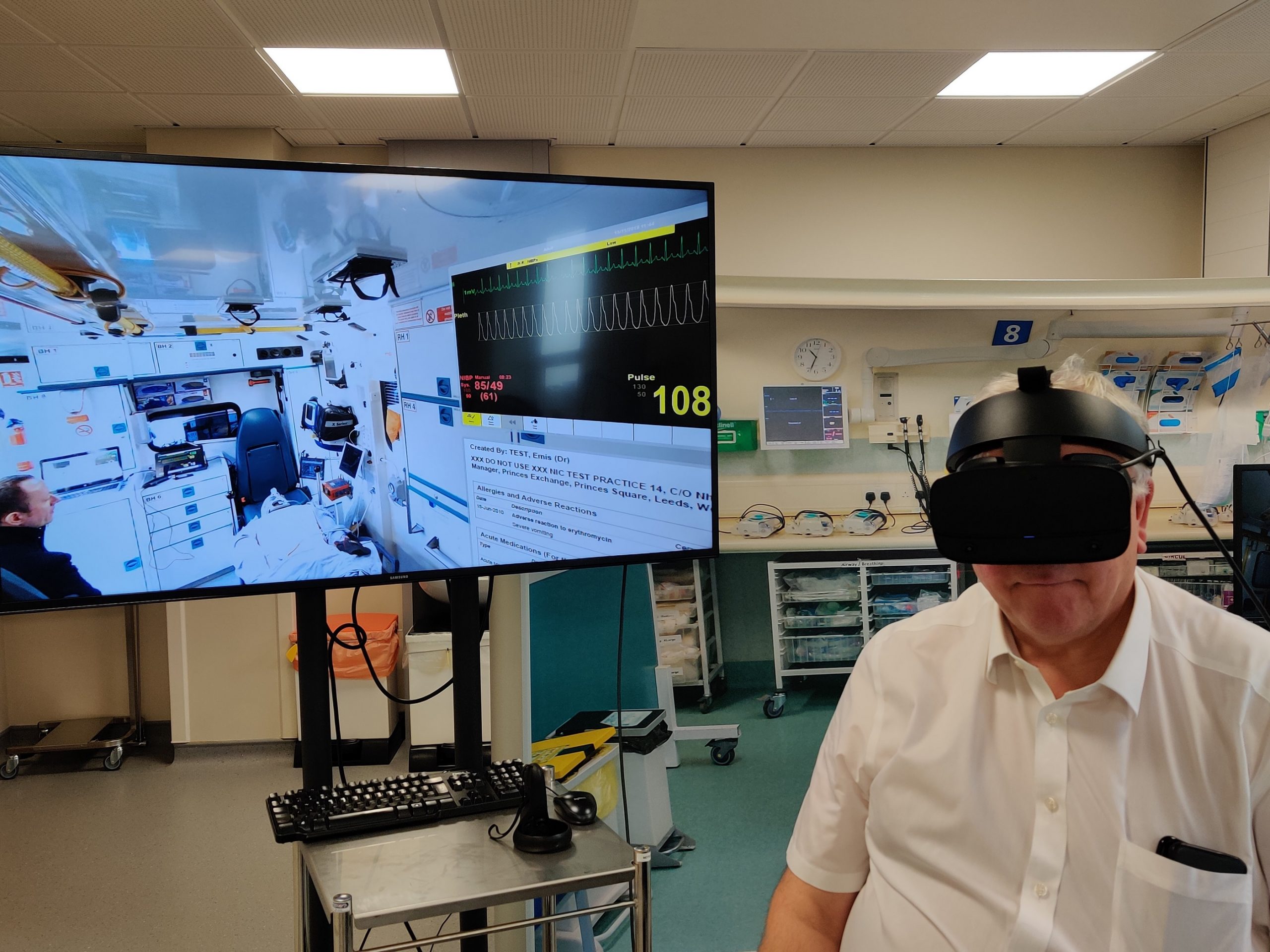Birmingham Airport uses sensor tracking to reduce queue times
Birmingham Airport has installed a Wi-Fi and Bluetooth-enabled sensor network alongside Blip Systems’ BlipTrack queue management technology to improve resource planning and give travellers an accurate indication of queue times when entering the UK.
The airport recorded its busiest year ever in 2016, with 11+ million passengers transiting. Chris Wilson, head of terminal operations at Birmingham Airport, identified the need to accurately measure queues and predict wait times.
Birmingham Airport placed dedicated Wi-Fi and Bluetooth sensors around its north immigration hall to detect mobile devices, such as smartphones and tablets. By identifying devices as they pass multiple locations, the BlipTrack solution is able to generate accurate and anonymised statistical information on how long travellers are taking to move through the system.
“The data helps to understand the actual wait time for the border, as well as the discussion with the United Kingdom Border Force [UKBF] planning team and resourcing plans for the future,” said Wilson.
“By sharing the information on screens, we help reduce passenger frustration by creating realistic wait time expectations. It makes the passengers feel more relaxed and helps them to better plan the final elements of their journey and onward travel,” he added.
Monitoring queue density in real time lets the UKBF respond better to irregular operations or disruptions, such as opening additional desks should several flights arrive in close succession. In turn, this helps Birmingham Airport comply with set service level agreements, and evaluate and challenge its key performance indicators.
For passengers, live wait time information can now be shared on screens around the immigration hall.
“Today, many airports display wait times to their passengers. Typically, this is done by measuring dwell times of people leaving the line. However, these ‘historic’ times may not be accurate for those entering the line, especially if the number of people suddenly changes or more lines open up,” said Blip marketing manager Christian Bugislaus Carstens.
“BlipTrack combines and analyses both the number of people in line and the average throughput of the area. With these two measurements, accurate wait times can be displayed,” he said.
“It’s been an excellent project with great support from the design, installation and technical team. The Blip Systems team has helped the airport immensely with data analysis and reporting. Moving forward, we have plans to continue the project to incorporate other areas, such as the southbound security and immigration,” said Wilson.





